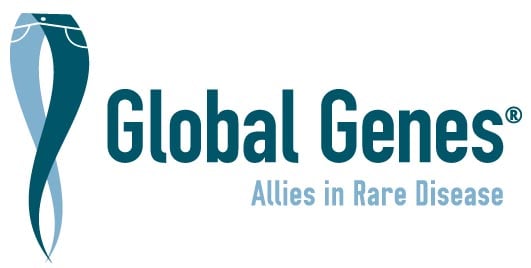Pseudodiastrophic dysplasia
Pseudodiastrophic dysplasia is characterized by rhizomelic shortening of the limbs and severe clubfoot deformity in association with elbow and proximal interphalangeal joint dislocations platyspondyly and scoliosis. It has been described in about 10 patients. An autosomal recessive inheritance has been suggested. Pseudodiastrophic dysplasia differs from diastrophic dysplasia (see this term) on the basis of clinical radiographic and histopathologic findings. Clubfoot can be treated by surgical therapy and neonatal contractures and scoliosis can be relieved by physical therapy. Several of the reported patients died in the neonatal period or during infancy.
Data from Orphanet are used to provide information on a disease's name, synonym(s), and overview.
Reference: Access aggregated data from Orphanet at Orphadata.
Orphadata: Free access data from Orphanet. © INSERM 1999. Available on http://www.orphadata.org. Data version April 2024
Newly diagnosed with
Pseudodiastrophic dysplasia?
Our RARE Concierge Services Guides are available to assist you by providing information, resources and connections as you navigate your rare disease journey.
Advocacy Organizations
Myhre Syndrome Foundation
Myhre Syndrome Foundation is a patient advocacy organization dedicated to providing hope and improving the lives of those impacted by Myhre syndrome.
Syndromes Without A Name (SWAN) Australia
Provide information, support and advocacy to families caring for a child with an undiagnosed or rare genetic condition.
The Chandler Project
The Chandler Project brings awareness and shines a light on transformative research surrounding achondroplasia and other skeletal dysplasias by offering support to a global community and network of patients, parents, and caregivers seeking information on scientific discoveries, pharmaceutical advancements and surgical treatment options.
Clinical Trials
For a list of clinical trials in this disease area, please click here.
